Green development
CCCC contributes to a community of all life on earth
Guided by the philosophy of green development,CCCC integrates the concept of environmental protection into the entire process of transportation infrastructure planning, design, construction, operation and maintenance, and adopts various ecological governance measures to protect the natural environment and biodiversity of the project site.Mombasa–Nairobi Standard Gauge Railway
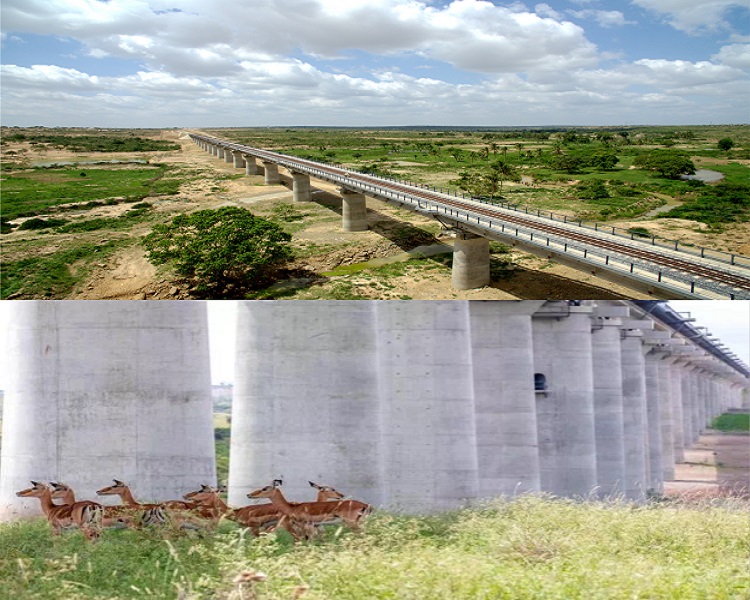
The Mombasa–Nairobi SGR passes through Tsavo Park, the largest wildlife park in Kenya, and Nairobi National Park, a national park located in the capital city. CCCC team has strictly implemented the wildlife protection policy, and set up 14 wildlife passages along the route, some of which have a clear height of more than 6.5 meters, which is convenient for large animals such as giraffes to pass through freely.
Ghana Tema New Container Terminal Project
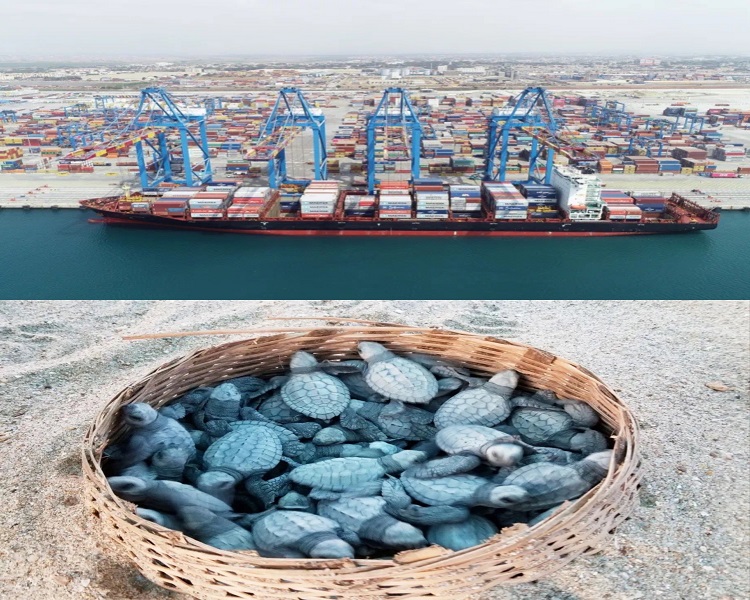
The project is located in an important spawning place for sea turtles. In order to maximize the protection of marine biodiversity, the project department has established a sea turtle breeding center and set up a professional turtle protection team to protect the living environment of sea turtles. As of the completion of the project, the project department has hatched and released more than 17,000 hatchling turtles, effectively protecting the breeding of local sea turtles.
Lobito Port Expansion Project in Angola
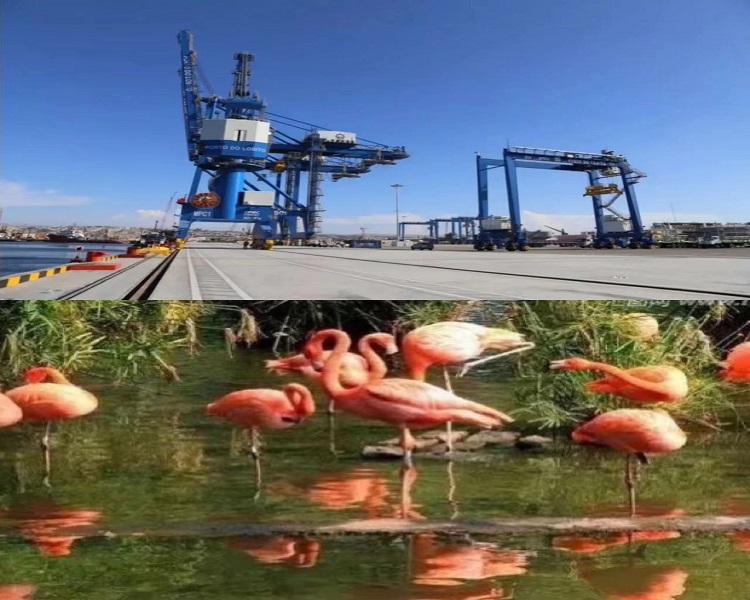
The project mainly includes a 70,000-ton container terminal and a 100,000-ton ore terminal. Every March, hundreds of flamingos gather here, which will form a spectacular locallandscape. The project department and the local environmental protection association carry out publicity and education activities on a regular basis to protect the living environment of flamingos.
New Kipevu Oil Terminal (KOT) Project in Mombasa, Kenya

There is a mangrove planned land near the site of the project's subsea pipeline processing plant. In order to avoid damaging the mangroves, the project department,after discussing with the local port authority and environmental protection department, demarcated a planting area between the site of the processing plant and the planned mangrove forest, and planted 45,000 mangroves, so as to minimize the impact of the project construction on the environment and maintain the local ecological balance.
Chancay Multipurpose Port Terminal in Peru
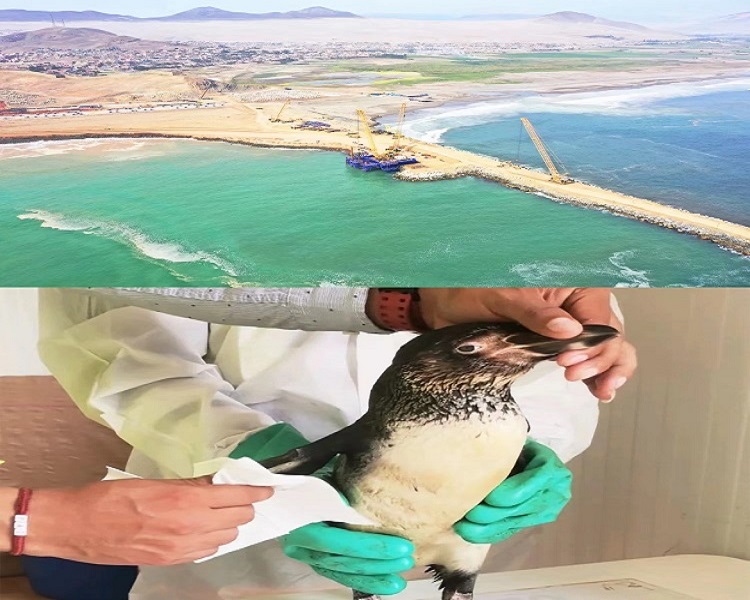
The project team has set up an animal rescue office, which has successfully rescued many vulnerable Peruvian penguins. At the same time, the project department has organized personnel to maintain the Chancay Wetland adjacent to the construction site to protect the habitat of seabirds.
Aiwo Wharf Upgrading Project in Nauru
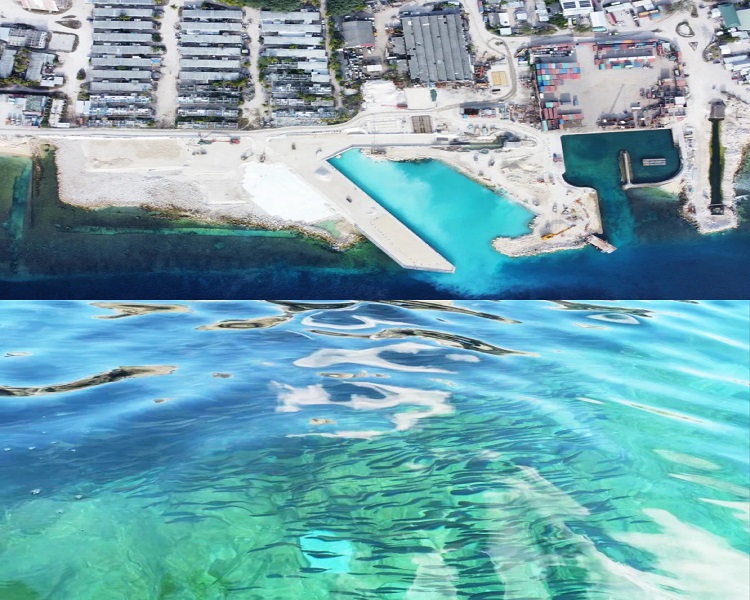
In the project construction area, there are a large number of rich species such as sea cucumbers, moray eels, sea urchins, conch shells, sea crabs and corals in the natural marine ecosystem. In order to protect marine life, the project department has cooperated with relevant departments of fishery, marine resources, business and environment of Nauru and the proprietor Nauru Maritime and Port Authority to carry out migration protection for marine life in the construction area. Finally, the project has successfully relocated the marine life in the area affected by the construction to a new home 50 meters away from the construction area.
Hong Kong-Zhuhai-Macao Bridge

The Lingdingyang Bay, the largest estuary of the Pearl River, is the largest habitat for Chinese white dolphins, known as "giant pandas in the sea". In order to protect the white dolphins, the project department has made adjustment in bridge design, construction, and project management. After the completion of the main body of the Hong Kong-Zhuhai-Macao Bridge, the number of white dolphins has increased. The construction of the bridge thus has achieved the goals of "zero pollution" of the marine environment and "zero casualties" of white dolphins.
Wuwei Expressway PPP Project in Xinjiang
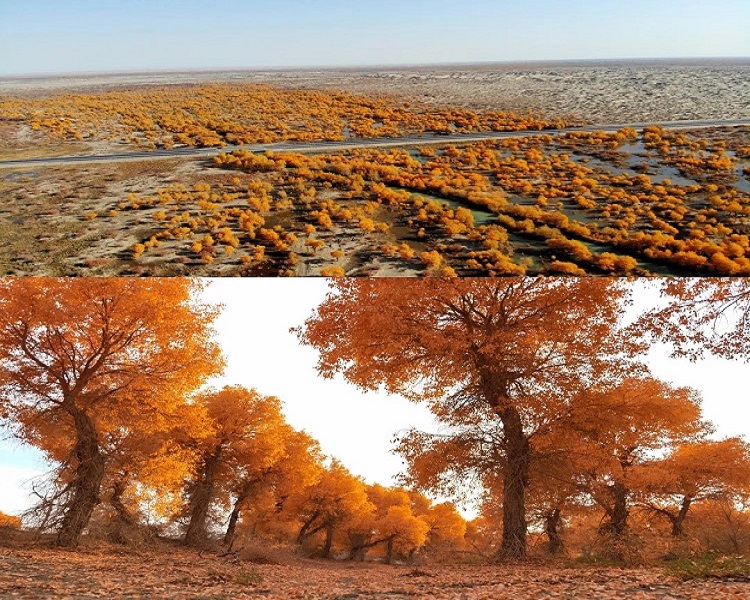
The project adheres to the principle of "not harming a single desert poplar (populuseuphratica)", and adopts measures such as rerouting and detouring and transplanting the whole plant to protect the ecology of desert poplar forest along the Tarim River. At the same time, the project team has planted grass squares in an area of more than 6.8 million square meters along the 96.8-kilometer highway, and a sand-proof barrier along the expressway, effectively inhibiting the expansion of the desert.


